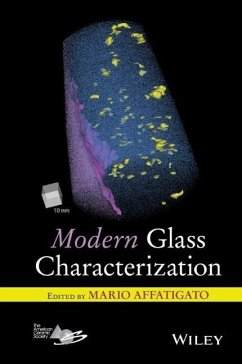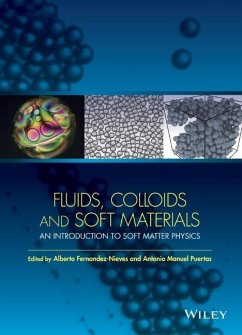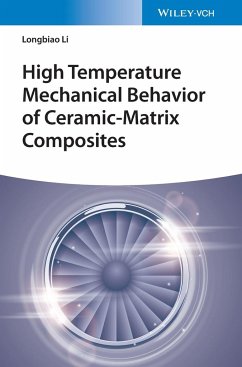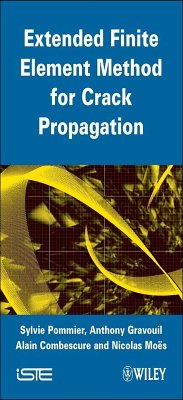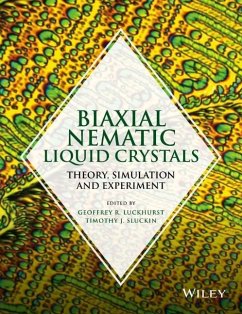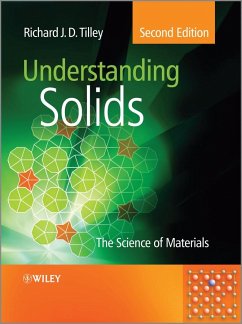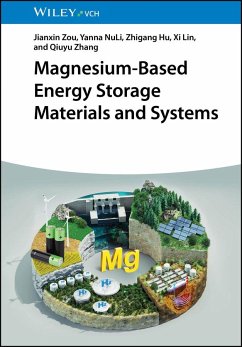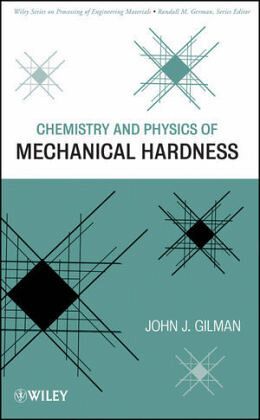
Chemistry and Physics of Mechanical Hardness

PAYBACK Punkte
65 °P sammeln!
Hardness is one the most important properties of solid materials and requires a comprehensive treatment. There are books on hardness testing and on the hardnesses of particular types of materials, but there are none that treat the physics and chemistry of the subject in a general way.
A comprehensive treatment of the chemistry and physics of mechanical hardness
Chemistry and Physics of Mechanical Hardness presents a general introduction to hardness measurement and the connections between hardness and fundamental materials properties.
Beginning with an introduction on the importance of hardness in the development of technology, the book systematically covers:
Indentation
Chemical bonding
Plastic deformation
Covalent semiconductors
Simple metals and alloys
Transition metals
Intermetallic compounds
Ionic crystals
Metal-metalloids
Oxides
Molecular crystals
Polymers
Glasses
Hot hardness
Chemical hardness
Super-hard materials
Chemistry and Physics of Mechanical Hardness is essential reading for materials scientists, mechanical engineers, metallurgists, ceramists, chemists, and physicists who are interested in learning how hardness is related to other properties and to the building blocks of everyday matter.
Chemistry and Physics of Mechanical Hardness presents a general introduction to hardness measurement and the connections between hardness and fundamental materials properties.
Beginning with an introduction on the importance of hardness in the development of technology, the book systematically covers:
Indentation
Chemical bonding
Plastic deformation
Covalent semiconductors
Simple metals and alloys
Transition metals
Intermetallic compounds
Ionic crystals
Metal-metalloids
Oxides
Molecular crystals
Polymers
Glasses
Hot hardness
Chemical hardness
Super-hard materials
Chemistry and Physics of Mechanical Hardness is essential reading for materials scientists, mechanical engineers, metallurgists, ceramists, chemists, and physicists who are interested in learning how hardness is related to other properties and to the building blocks of everyday matter.



